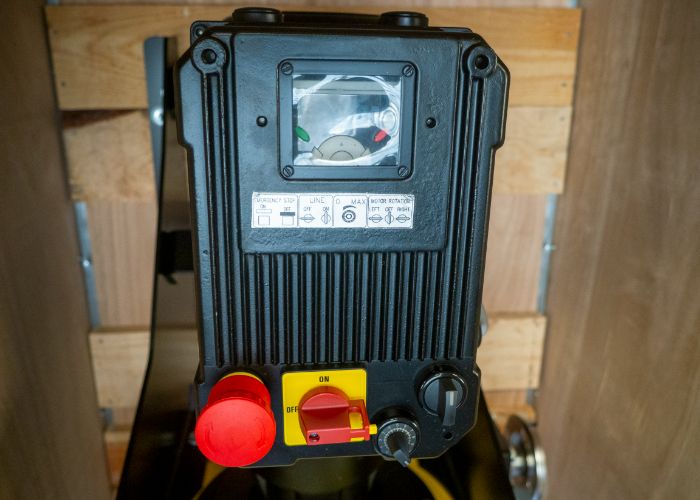Pump specification and design
Pumps designed and developed for your particular application and offering the lowest lifetime cost
Improving efficiency and reducing costs is vital for businesses to stay competitive, as is aligning environmental agendas concerning energy usage.
When you consider process handling, many pumps, especially aged pumps, were not designed with efficiency and low running costs in mind. This is why it is important for businesses to review pump performance and take steps to ensure that process handling doesn’t cost the business any more than it needs to.
We will explore some ways in which you can improve-pump efficiency below. If you suspect there is inefficiency within your application, we are on hand to help advise you on the best solution to improve-pump productivity and reduce ongoing operating costs.

If a pump is regularly failing or experiencing excessive wear and tear then this is not only increasing maintenance costs, it is reducing the productivity of your processing line and staff. Vibrations, excess noise and power consumption should also be regularly monitored.

Pumps should operate as close to their Best Efficiency Point (BEP) as possible. However, oversizing a pump can be a common occurrence especially when the process design is based on theoretical friction losses. An oversized pump will use more energy than your application requires, increasing processing costs.

VFDs can be installed to vary the speed of the motor to match the performance requirements of the application and can reduce operating costs by;

Efficiency improvements can often be implemented where plant processes have been added to or changed in recent years or where plant designs are over 5 years old. Factors such as pipe size, length, bends, and diameter changes influence pressure losses, affecting pump operating costs. Parallel pumping is an option to consider for occasional process demand spikes. This setup allows the main pump to operate at its Best Efficiency Point (BEP), while a smaller pump handles the additional demand.

Regular maintenance is vital to ensure the increased lifespan of a pump and to maintain an efficient process operation. As well as routinely checking and replacing accessible components such as Seals, valves, wear rings and bearings, internal pipework should be monitored for signs of rust and corrosion which can increase resistance and increase pressure losses.

Having pumps or standby pumps switched on when they are not required is a waste of energy. Control systems and pressure switches can be introduced to ensure that pumps are only operational when they are required, reducing energy consumption as well as general wear and tear costs.
To improve processing efficiencies or specify a replacement pump then get in touch with our team at North Ridge Pumps. As we are not tied to a particular manufacturer we will be able to advise of the best solution to improve pumping efficiencies and reduce operating costs.
We provide a complete pump specification, design and replacement service covering a range of processes and almost any fluid.
Pumps designed and developed for your particular application and offering the lowest lifetime cost
Specification of new pumps to replace units at the end of their working life
Diagnosing and eliminating operational issues
Lower maintenance and running costs caused by clogging, seal wear or repeated failure
Better performance and more streamlined process efficiency
Less risk by eliminating manual handling and automated fluid transfer
More InfoNo more inaccurate transfer of costly ingredients ensures more consistent results
Easy-to-clean pumps can be quickly and effectively sanitised to comply with the highest standards
Maximise high viscosity fluid transfer from containers
Through reduced power consumption and increased process efficiency
© North Ridge Pumps 2025
Registered Business Address: 12 Bridgford Road, West Bridgford, Nottinghamshire NG2 6AB - Registered in England & Wales 03652700
Privacy Policy / Cookie Policy / Terms & Conditions / Resources / Pump Repair / About Us / Contact
